‘John Wick’ has quickly developed as a yardstick for modern-day action movies. Brought to life by two passionate and talented stuntmen, ‘John Wick’ has rejuvenated Keanu Reeves’ status as a global star. The titular character based series has gained traction with audiences ever since the first movie released. The steeply stylized imagery and high-octane action sequences, which look hauntingly real, have characterized the two movies until now. The neat and taut narrative strictly follows the three-act paradigm, often making the most of the mid-point leeway afforded to action movies.
‘John Wick 2’ comes alive with its heightened sense of urgency and breathtaking sequences, shot in the background of aesthetic and grandeur sets. It is the film’s ability to attach importance to the motives behind the actions that elevate it to another level. Wick is driven by an emotional urge not of redemption, but of habit. Both the movies have an inherent presence of overwhelming obedience of habit in Wick, which attracts him toward living a life on the run. The mind charts back to ‘Godfather II’, where Al Pacino’s iconic Michael Corleone declares, “Just when I thought I was out, they pull me back in!”.
Wick, almost like Corleone, gets sucked back into the action despite his best efforts to do the contrary. Violence has become such an integral part of Wick’s life that wielding a gun almost seems akin to holding a toothbrush. The retirement period doesn’t last long and is possibly only a cover; a cover to his innate, dark desire to kill; a cover, maybe, to deal with his annoyance at not being able to avert his heart from violence. Action, therefore, assumes a central theme in his life, and to that extent, the movies.
Summary
‘John Wick 2′ sees the titular character locate his beloved Mustang in Abram Tarasov’s chop shop. If you’re thinking of a connection with the Russian dude in the first film, you’re spot on. Well, he gets in, gets out, leaving behind broken bones and dudes not breathing. Seemingly, he has his place back in life; his house, a loving companion in the form of his dog, and his spirit vessel, the Mustang. In comes Santino, an underground Italian boss. Boom. Just a suggestion here. I think not only Reeves but also the fans would love to see an origin story. How circumstances change a person have been well documented on screen. But the profoundness of human nature can present itself in the most tangible of fashions if done right. Reeves is someone who has himself led a life of solitude, marred by personal losses and loss of loved ones. He’d be the perfect barque to sail Wick’s story into our conscience and let us pit it against his actions in the two films. The studio has seemingly decided to go against the idea, continuing the series’ timeline in ‘John Wick 3’. Anyway, moving on.
Santino enforces the “marker”, a sacred promise of blood made by a person who vows to do anything asked by the other person in debt. The task assigned to him is to murder Gianna, Santino’s own sister, in a bid to take her seat at the high table. Wick refuses to carry out the task, citing his retirement and idyllic life as the reason. Santino burns his house down with a missile launcher and finally subverts Wick into delivering Santino’s sister’s soul. In Rome, Wick carries out the hit, only to be recognized by Cassian, Gianna’s personal bodyguard. A fight ensues, that lasts almost twenty minutes and is the most scintillating, tense part of the entire movie. ‘
John Wick’ isn’t about a rogue assassin operating out of pity personal malice or nature. It covers a wide network of professional, sophisticated henchmen, who kill when asked to, in the prescribed way, which is imprinted upon them by a book of rules. That professionalism and courteous obligations are cleverly crafted into the fabric of the battle between two men of competence and equal calibre. Wick leaves Cassian alive as a courtesy but gets fatally injured in the process of the fight. As news of Gianna’s death reaches Santino, he stabs Wick in the back, taking out an assignment of $7 million on his name, in a bid to “tie loose ends” up.
Wick somehow manages to evade the killers, by invoking a special privilege with an underground dealer, the Bowery King. After he’s stitched up, Wick looks to extract revenge on Santino and proceeds to take him out. In an elaborate scene, Wick goes through a plethora of bodies to corner Santino in a mirror-mirage, only to come up against his mute security enforcer. After neutralizing her, Wick proceeds to the Continental bar to confront Santino. Winston, a friend and the owner of the Continental, warns Wick of the consequences if he murders Santino there. Despite the forewarnings, Wick proceeds to murder him, thereby breaking the most important rule of the underworld: killing on Continental grounds.
The end sees Winston apprise Wick of the situation. Every assassin in the world will now target Wick, with a sizeable bounty on his head. Wick is seen running amidst the countdown of an hour through a crowd of disguised assassins, sizing their target.
Influence of Silent Films
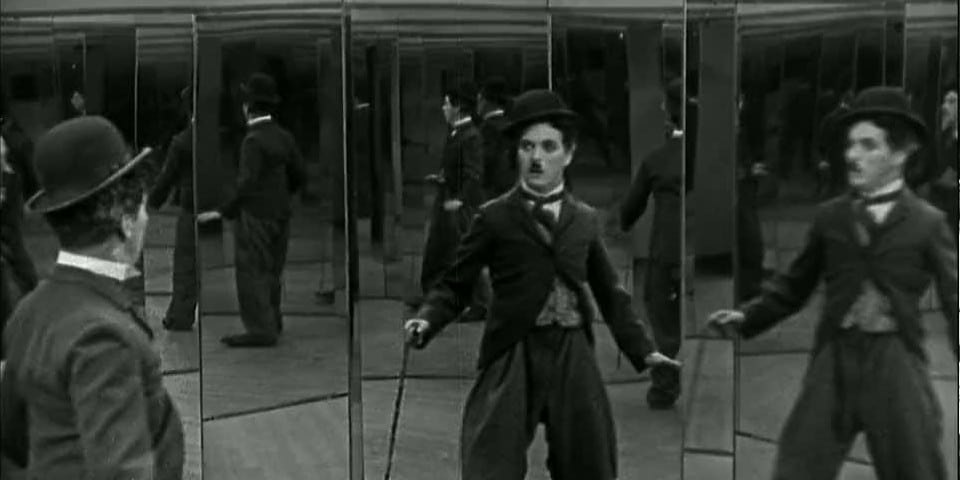
Interestingly, ‘John Wick’ has been touted as an inspiration from old silent films, where the movement of a character took primary importance in a scene, where spoken words weren’t the medium of communication. Director Chad Stahelski said in an interview, “We wanted to let you know we’re having fun, and we stole this all from silent movie people”. This admission, although confusing and vague, assumes a concrete shape on closer viewing of the film.
Filmmakers have been hesitant in casting Keanu Reeves in roles with gravitas and depth, which is unfair for a person of Reeves’ calibre and understanding of cinema. Stahleksi works his way around the problem and enforces the formula employed by stalwarts of the past like Buster Keaton and Harold Llyod in using the movements of characters to talk with their audience. Reeves’ expressionless face in the scene where he watches his house burn to ashes harkens back to Keaton’s ‘Steamboat Bill Jr.’ still, where he remains passive as a house falls on him. This method of not voiding the danger itself but avoiding the experience that one feels through it is subliminally exemplified in Wick’s personality.
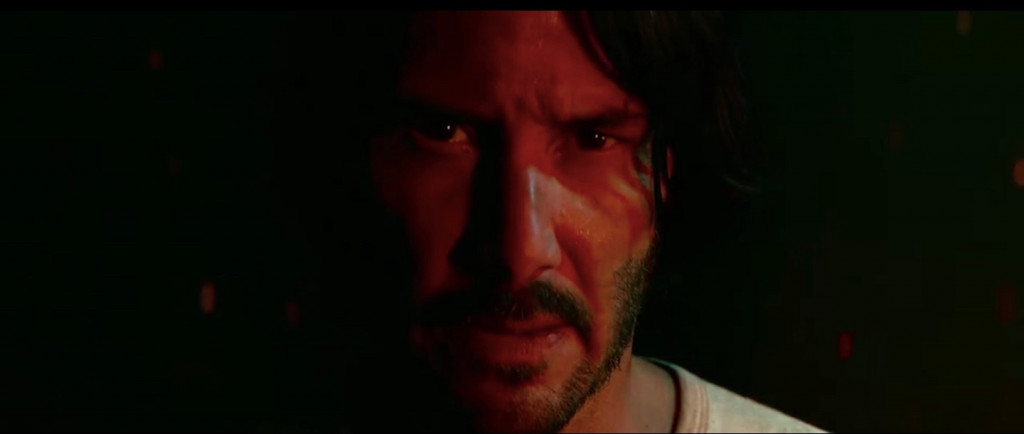
Wick’s face doesn’t yield anything of what he is feeling; the physical pain inflicted or the emotional anguish of losing his wife and dog. Reeves’ dead-pan emotions preface Wick’s movement, the determinant force, and typically that becomes a problem in cinema. But Stahelski circumvents the problem and transforms it into Reeves’ strength: his impassiveness translates into Wick’s inability to decompartmentalise pain. Killing, powered by his immense marksmanship and adrenaline, is truly Wick’s sole coping mechanism, an escapade that liberates him from experiencing emotions that make us all humans. Losing himself in those moments allows him to dilute the pain that would normally pull him back and make him human.
Wick’s biggest strength is that he doesn’t feel when he kills. In the battlefield, Wick’s movement is constant and fluid, almost machine-like: precise, unfelt, regulated. Stahelski uses this trait to enhance the passivity of the film in terms of dialogue while using his gorgeous imagery with coordinated plans to put into effect his story. The Hall of Mirrors is a leaf out of Charlie Chaplin’s ‘The Circus’, where his character gets trapped in the mirage of his reflection. Wick finds himself in a similar situation in this scene hunting down Santino. Both the men in question share a remarkably unique element of the story whereby they become a part of things which they don’t intend to be a part of. Both films use mirrors beyond simple aesthetics and imply deeper insight into the characters.
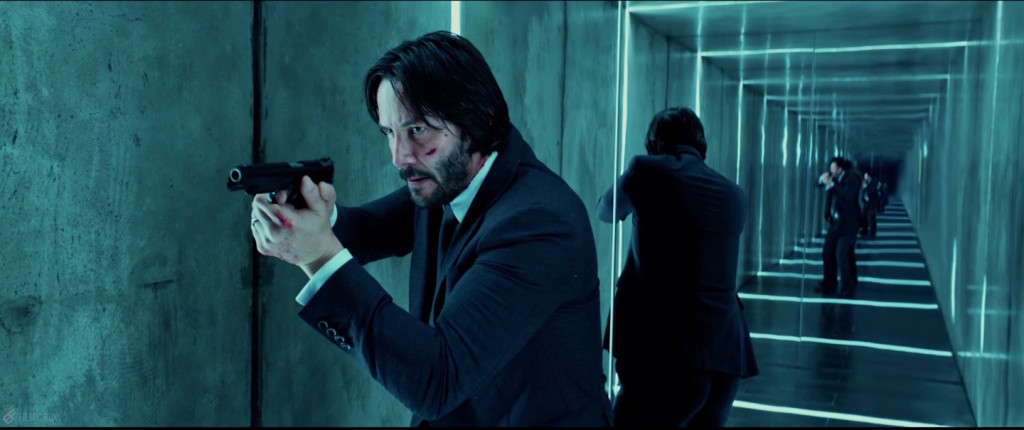
A film so beautifully ingrained in and influenced by classic cinema would obviously look to find comedy wherever possible, just as it seems like it may be taking itself a bit too seriously, we get spurts of humor. Even in expertly choreographed action sequences where Staheliski immerses the two characters into oblivion using wide lenses, we see an inherent undertone of comedy. The poster for the film, where Reeves absently gazes into the camera and has a number of barrels his way, is inspired out of Harold Llyod’s poster for ‘Two Guns Gussie’ that released almost a century ago in 1918. Such depth of research and meticulousness gives this melange of modernism and classical cinema artistic layers.
The Art of Crafting Action
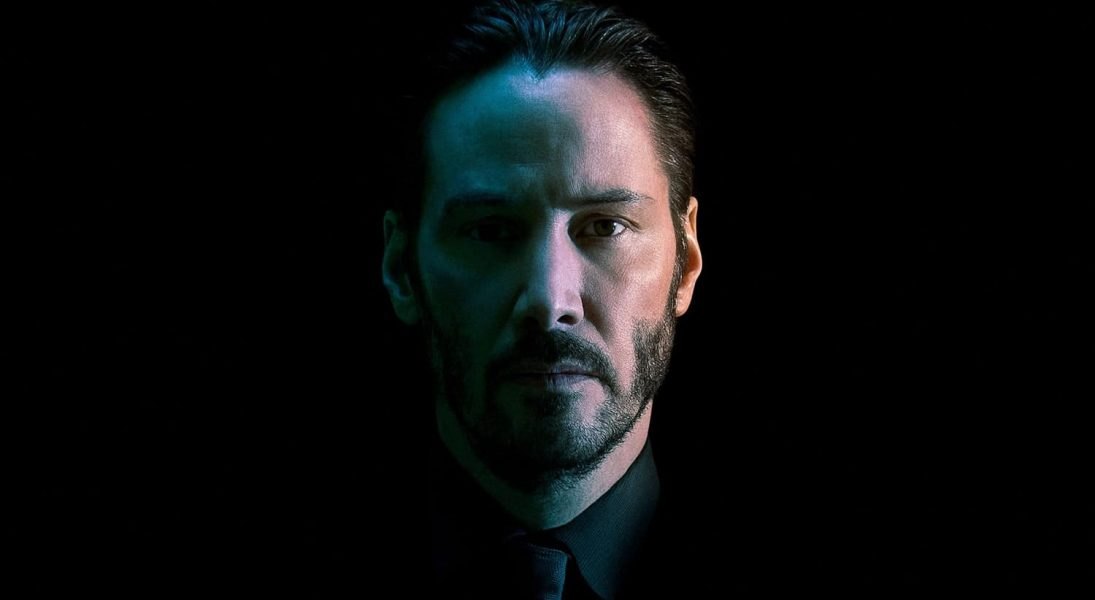
‘John Wick’ marked a great shift in terms of the categorization of action movies. The fact that it is manned by expert and seasoned stuntmen who have years of training and experience gives it an even more authentic stamp. While the Wick series finds itself grounded in reality, there’s a difference in the way the two movies are crafted. Stahelski and Leitch, who also helmed the brilliant ‘Atomic Blonde’, made sure they approached the first film conservatively in order to establish the scope of the Wick universe.
The rules which govern the characters and how they act were made pretty clear. ‘John Wick 2’, though, changes gears and realizes a change in tone and essence of the action that fuels it. At the risk of sounding like a nerd engrossed in statistics, I’ll put this stat for consideration. Wick kills a total of 51 people in the first installment, while the second sees him gun down 128. Almost twice an increase in the number of casualties at the hands of Wick. While this change certainly occupies your passive sub-conscious mind during the film, it becomes more evident when you sit down to analyze it. ‘John Wick 2’, though a bit over the top, stays grounded in the boundaries it creates and gives the fans of the series some more dazzling action pieces.
The Ending
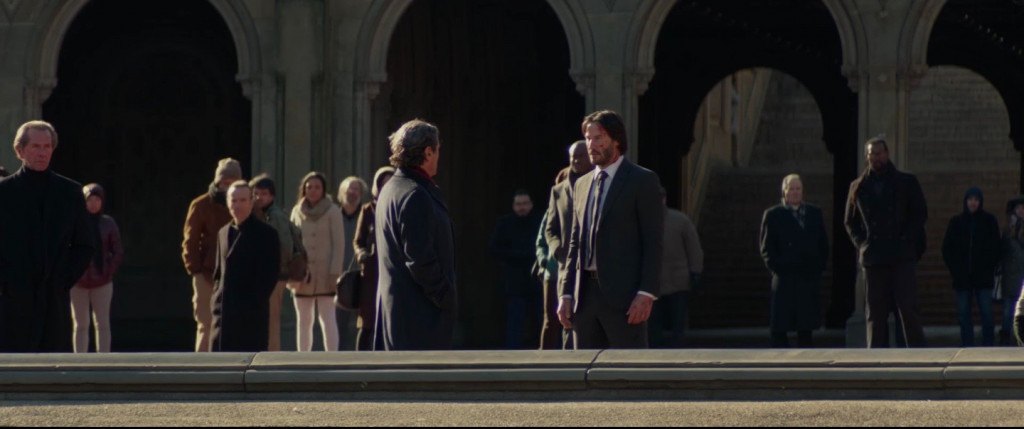
‘John Wick 2’ ended on a teasing note. Just like the first movie, it ends in a manner that beckons a sequel, which is slated for a 2019 release. After Wick has killed Santino on Continental grounds, thus breaking the two rules of the underworld that can’t be broken in any circumstances, Winston is left with no choice but to send out a hit against Wick, now an excommunicado. As a personal favor, Winston affords Wick an hour to try and make arrangements for himself and leave the city. As Wick realizes the gravity of the situation, he runs amidst an array of disguised assassins waiting to claim their bounty.
What was really surprising to see was how vast the network of the Underworld is. And how well-disguised the assassins are, hiding in plain sight. Right from a mother on a stroll with her infant, to an aged man, peacefully going through a newspaper in the park, the network of assassins is huge. It will be interesting to see how Wick is able to make his way out of this one. The sway of power that Winston has is described by the ending scene where everyone in his vicinity stops and starts on the nod of his head. And that is the only reason Wick is still alive. Remember Mrs. Perkins in the first movie? When you break rules, you die.
With the ending, we also had a glimpse of how sophisticated and organized the Underworld is. Like it is with any organization, compartmentalization, and division of labor are the key characteristic of the Underworld, with every person designated a responsibility that they have to carry out.
Now, the marker. We’ve seen how a marker with the blood oath of an assassin holds him by his word. When Wick didn’t honor his oath, destroying his house wasn’t anyone’s problem. It was justified. Winston’s marker to John means that there will be someone whom he calls upon to carry out their respective oaths in his interest. Who exactly will that remain something for us to look forward to in the third chapter. But do remember this: the marker will stand no matter what. Another surprise was that Aurelio, one of Wick’s best friends, is also given the assignment. Of course, he can choose not to act on it. But will he be unearthed as an antagonist? We’ll find out. Until then, all we can do is wait!
Final Word
John Wick, the man, isn’t complicated. And neither is ‘John Wick’, the movie. In the end, what is striking about both the man and the movie is how brilliantly simple but effective its narrative is. While some may credit the success of the film to its earth-shattering action sequences, the truth is no action film has worked on action alone. Unless, you have a protagonist you can root for, it is difficult for audiences to connect with the film — irrespective of how cool the action is. In John Wick, audiences see a tortured hero. That’s why ‘John Wick’ works.
Read More in Explainers: The Others | The Usual Suspects | 12 Monkeys

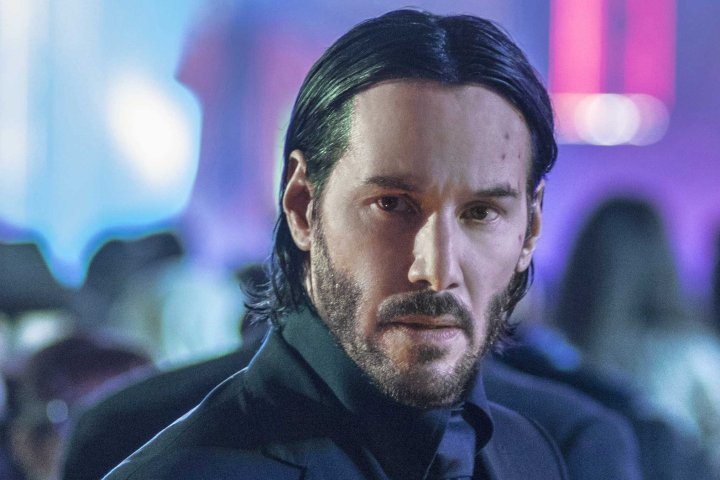
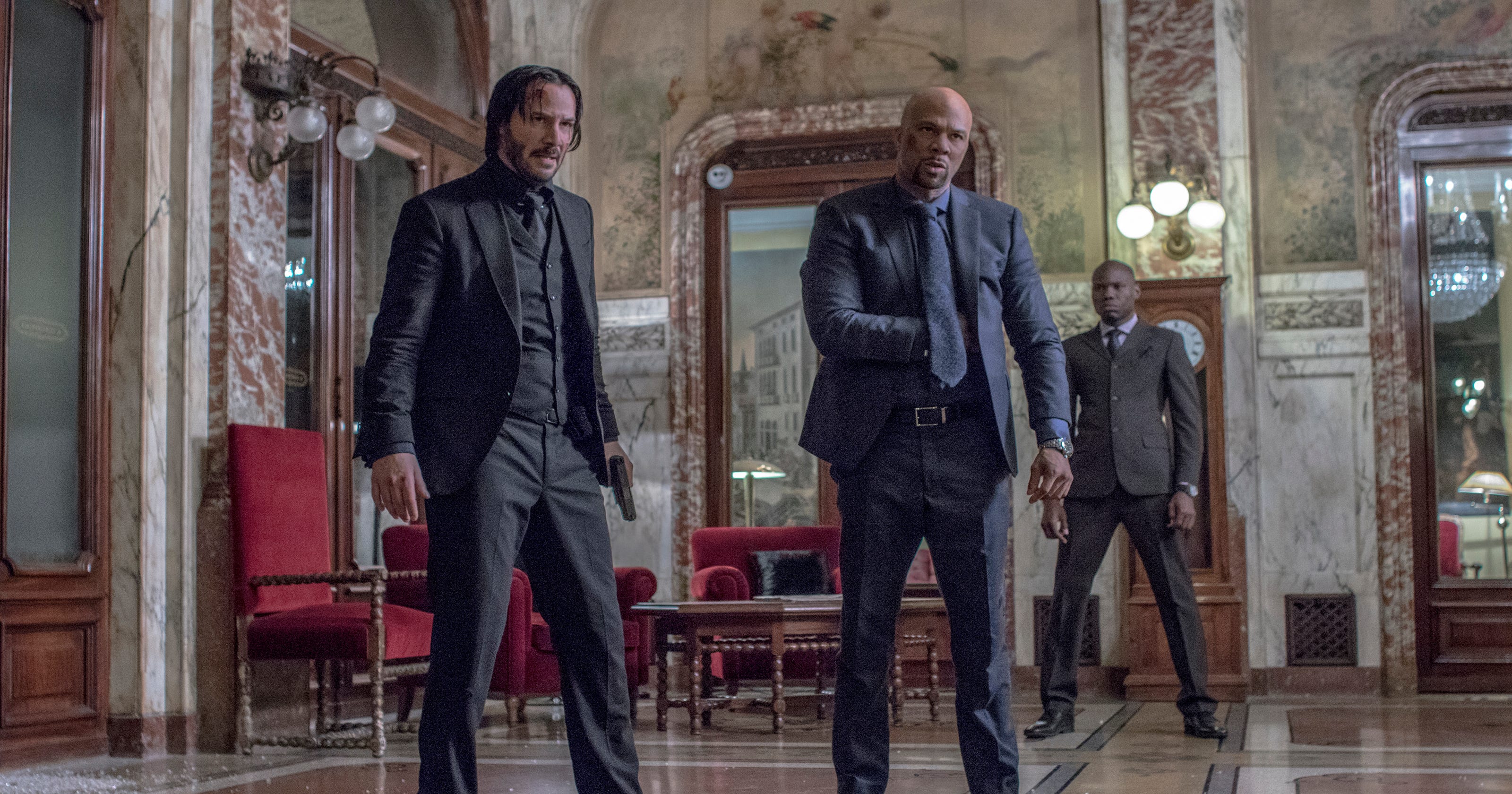
You must be logged in to post a comment.